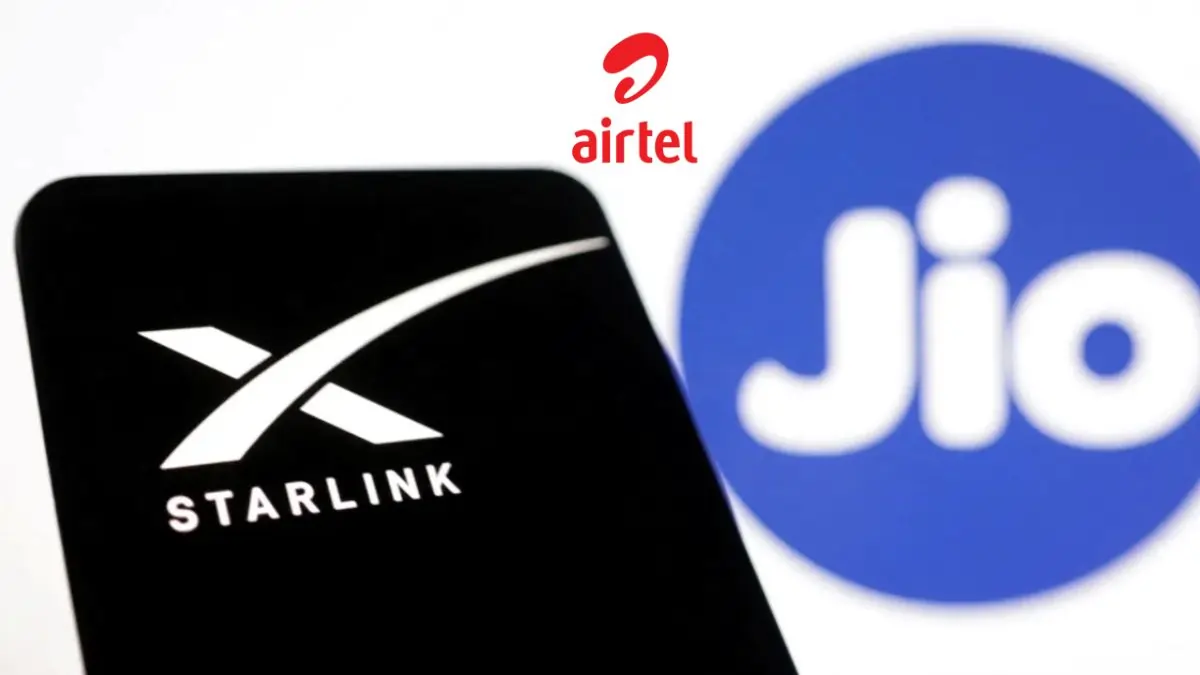India’s vast geography and expanding digital economy have created an enormous demand for reliable internet, especially in rural and underserved areas. While Jio and Airtel dominate India’s 4G/5G and fiber broadband markets, the success of SpaceX’s StarLink highlights the transformative potential of satellite-based internet services.
Could Jio or Airtel, two of India’s telecom giants, step up to provide similar services tailored for the Indian market? Let’s explore the roadmap, challenges, and possibilities.
Why Jio and Airtel Should Explore LEO Satellite Internet?
Millions of Indians in rural and remote regions lack access to reliable internet. Building fiber or traditional broadband in these areas is costly and logistically challenging. This is where Low Earth Orbit (LEO) satellites shine, offering faster speeds and lower latency than traditional satellites.
LEO Satellite Benefits:
- Seamless connectivity in rural and hard-to-reach areas.
- Opportunities for education, telemedicine, and e-commerce.
- Potential to bridge India’s digital divide.
For Jio and Airtel, diversifying into satellite internet could unlock new revenue streams, future-proof their businesses, and help them compete globally with StarLink and OneWeb.
Steps Jio or Airtel Can Take
1. Secure Regulatory Approvals
To launch satellite internet, companies must navigate India’s strict regulatory landscape:
- Obtain spectrum licenses in the Ka and Ku bands.
- Comply with guidelines set by the Department of Telecommunications (DoT) and ISRO.
- Address security concerns with clearances from the Ministry of Defence and Home Affairs.
2. Develop or Partner for LEO Satellite Constellations
Jio and Airtel have two options:
- Build Their Own Constellation: Partner with ISRO to design, manufacture, and launch satellites, leveraging ISRO’s PSLV for frequent deployments.
- Collaborate with Existing Players: Partner with providers like OneWeb or Amazon Kuiper to reduce costs and time-to-market.
Both strategies have pros and cons. Building a constellation offers complete control but requires massive capital. Partnering is cost-effective but may limit autonomy.
3. Establish Ground Infrastructure
Ground stations are essential for satellite services.
- Jio and Airtel must build gateway stations across India for efficient signal relaying.
- Focus on affordable, user-friendly terminals, such as satellite dishes and modems.
4. Leverage Existing Telecom Assets
By integrating existing 4G/5G infrastructure with satellite technology, companies can offer hybrid connectivity. For example, satellite backhaul can connect remote towers, expanding their reach without laying costly fiber.
5. Adopt Affordable Pricing Strategies
India is a price-sensitive market. Jio and Airtel must:
- Subsidize user terminals and equipment.
- Collaborate with government projects like BharatNet to share costs.
- Design affordable plans for rural consumers, schools, and small businesses.
6. Utilize Advanced Technologies
- Use High Throughput Satellites (HTS) for high-speed internet.
- Ensure low latency through LEO satellites, vital for applications like gaming and video calls.
- Implement dynamic beam switching to optimize bandwidth for high-demand areas.
Challenges in Building Satellite Internet Services
1. High Capital Costs
Building a satellite network requires billions in upfront investment, from satellite production to launch and ground infrastructure.
2. Regulatory Complexities
Securing licenses and meeting compliance standards could lead to delays.
3. Balancing Costs with Affordability
Offering competitive prices while managing high operational costs will be crucial in gaining market share.
What’s Next for Jio and Airtel?
Launching a satellite-based internet service like StarLink is an ambitious but achievable goal for Jio and Airtel. With government support and strategic investments, they can revolutionize rural connectivity, paving the way for India’s digital future.
In collaboration with ISRO and leveraging their telecom expertise, Jio and Airtel could lead India into the satellite internet era.
For more updates on tech trends, check out Phone Lover.
Must Read: Airtel Network Down: Thousands of Subscribers Face Mobile and Broadband Disruption Across India







